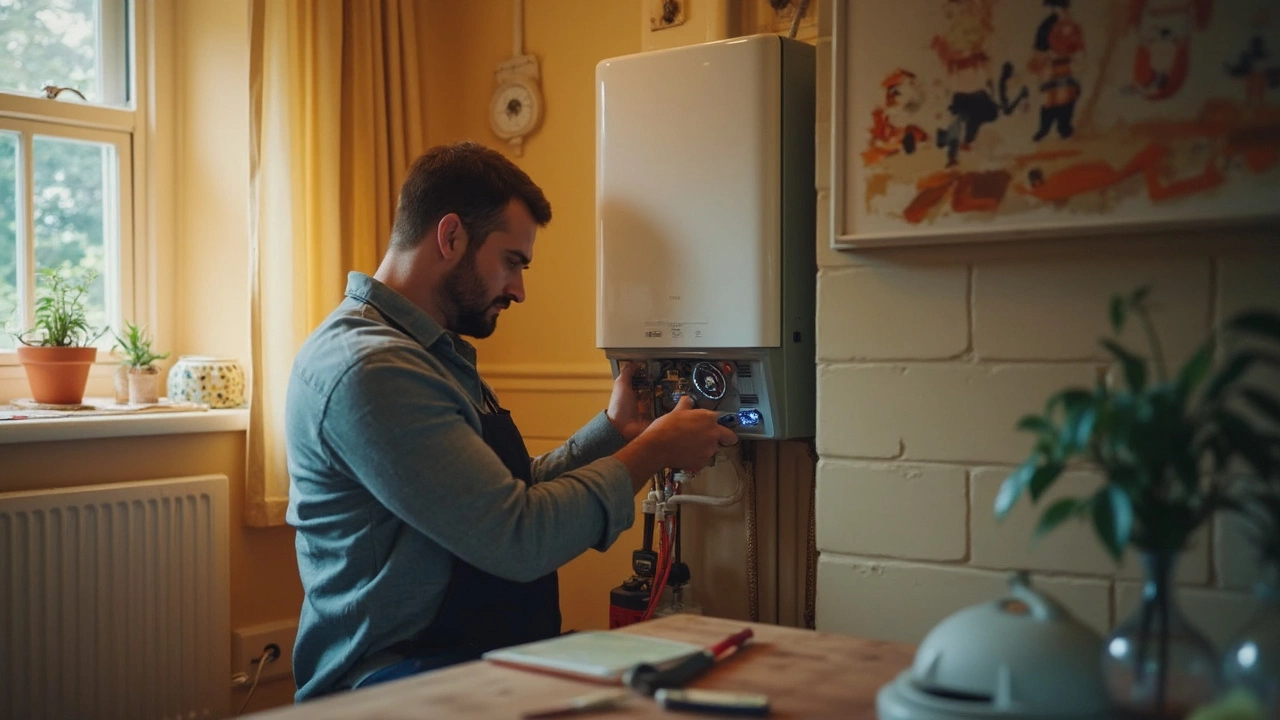Cold Water Issue: Why Your Tap Feels Ice Cold and How to Fix It
If you’ve ever turned on a faucet and got a blast of chilly water, you know how frustrating it can be. Cold water problems happen in any home, but the good news is most of them are easy to spot and fix. Below we’ll break down the usual suspects and give you quick, practical steps to bring the warmth back.
What’s causing the cold water problem?
First, figure out where the cold water is coming from. Is it a single tap, a whole bathroom, or the whole house? A single‑tap issue often means a local valve or faucet cartridge is stuck. When the whole house is affected, the culprit is usually the water heater, the main supply line, or a broken pipe.
One common cause is a thermostat that’s set too low on your hot water cylinder. Over the years, the dial can drift, especially after a power cut. Another frequent problem is sediment build‑up inside the tank, which reduces heating efficiency and makes the water feel lukewarm or cold.
Sometimes the cold water comes from a cross‑connection, where hot and cold pipes mix because of a faulty mixer valve. This can happen in showers or sink taps that have a single‑handle design. If the valve leaks, cold water pushes into the hot line, cooling everything downstream.
Last but not least, a partially frozen pipe can block hot water flow while still delivering cold water. This is more common in older homes with poor insulation, especially during a cold snap.
Easy steps to get warm water back
1. Check the water heater settings. Open the access panel and locate the thermostat. Turn it up a few degrees (usually 60‑65°C is a safe range). Give the heater 30 minutes to heat the water and test the tap again.
2. Flush the tank. Turn off the power or gas supply, attach a hose to the drain valve, and let the water run out. This clears out sediment. After the tank is empty, close the valve, fill it back up, and turn the heater back on.
3. Inspect faucet cartridges. Unscrew the faucet handle, pull out the cartridge, and look for mineral build‑up. Soak it in vinegar for an hour, then rinse and reinstall. If the cartridge is cracked, replace it – they’re cheap and easy to find at any hardware store.
4. Test for cross‑connection. Turn off the cold‑water supply to a single‑handle faucet and see if hot water still runs. If it does, the mixer valve is leaking and needs a new seal or a full replacement.
5. Look for frozen pipes. Feel the pipes along the wall or under the sink. If one feels icy, turn up the home heating, open cabinet doors to let warm air circulate, or use a hair dryer on low heat to gently warm the section. Never use an open flame.
If none of these steps solve the issue, it’s time to call a professional. A licensed plumber can run pressure tests, locate hidden leaks, and ensure your system meets safety standards. Trying to force the problem yourself could cause more damage or create a safety hazard.
Cold water issues don’t have to linger. By checking the thermostat, flushing the tank, cleaning faucet parts, and watching for cross‑connections or frozen pipes, you can often restore warm water in under an hour. Keep a basic toolkit handy, and you’ll feel confident handling most minor hiccups before they become costly repairs.
